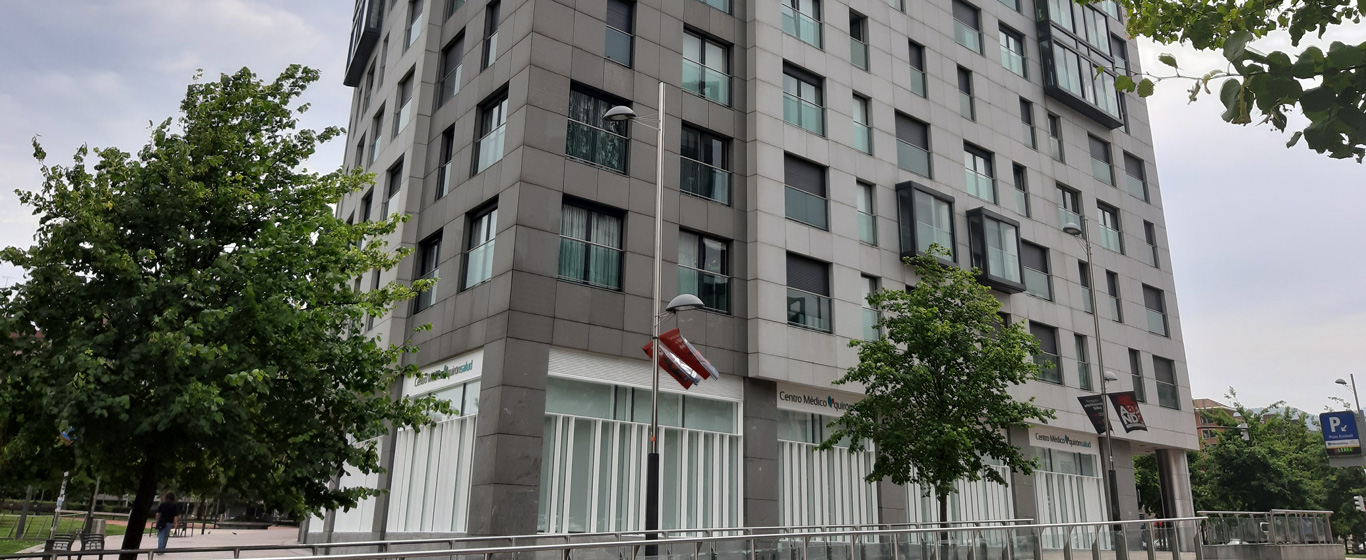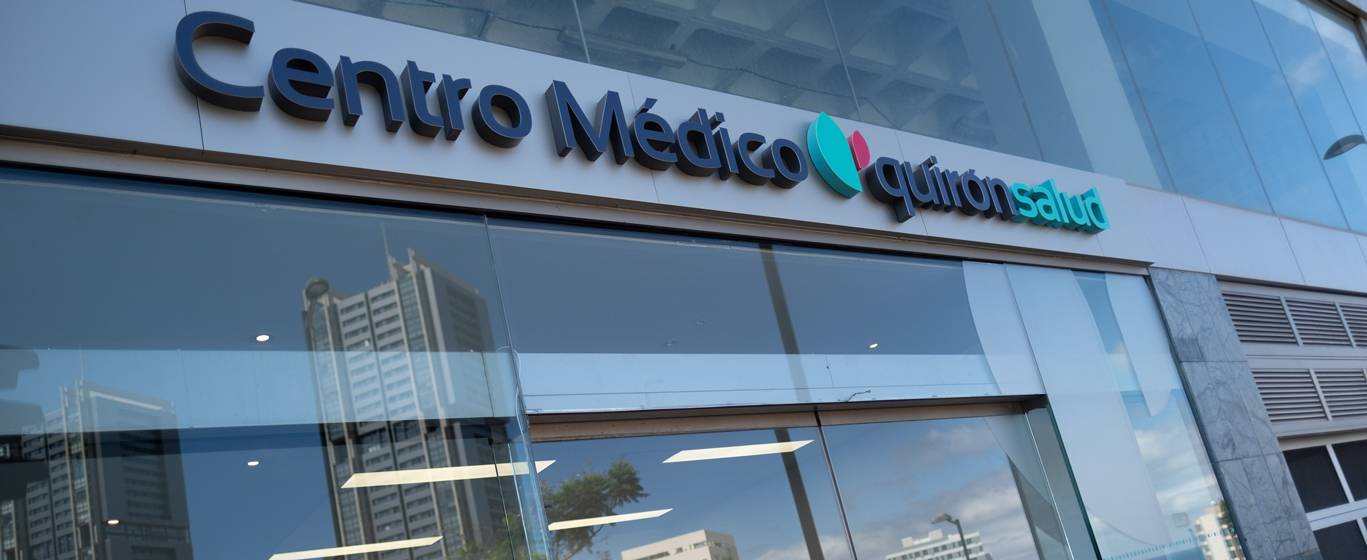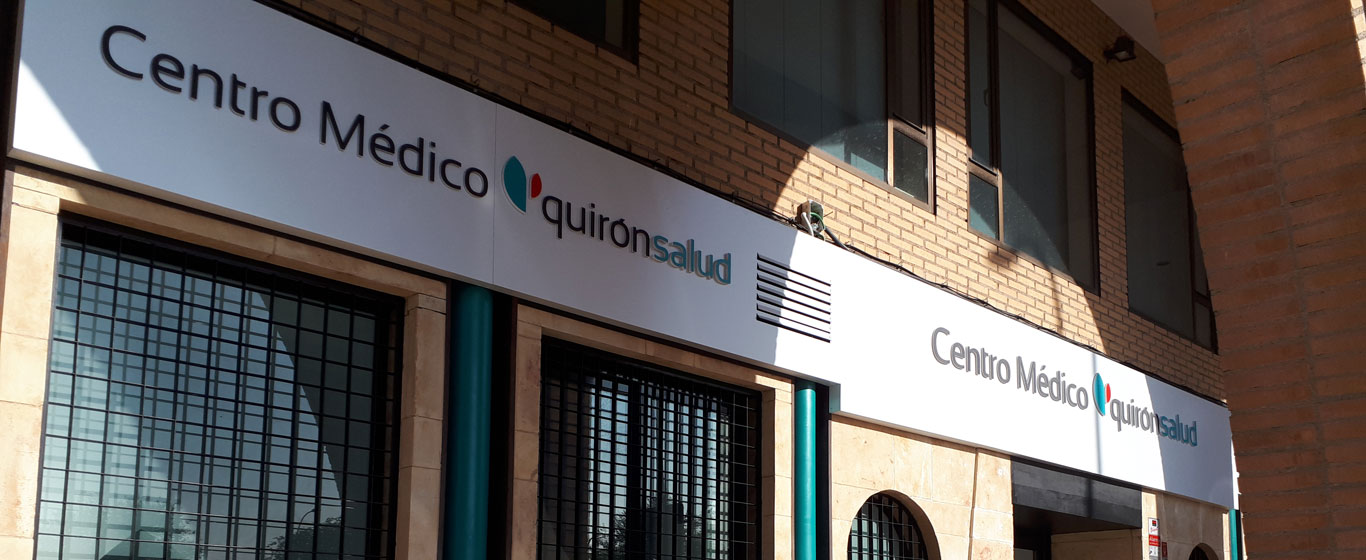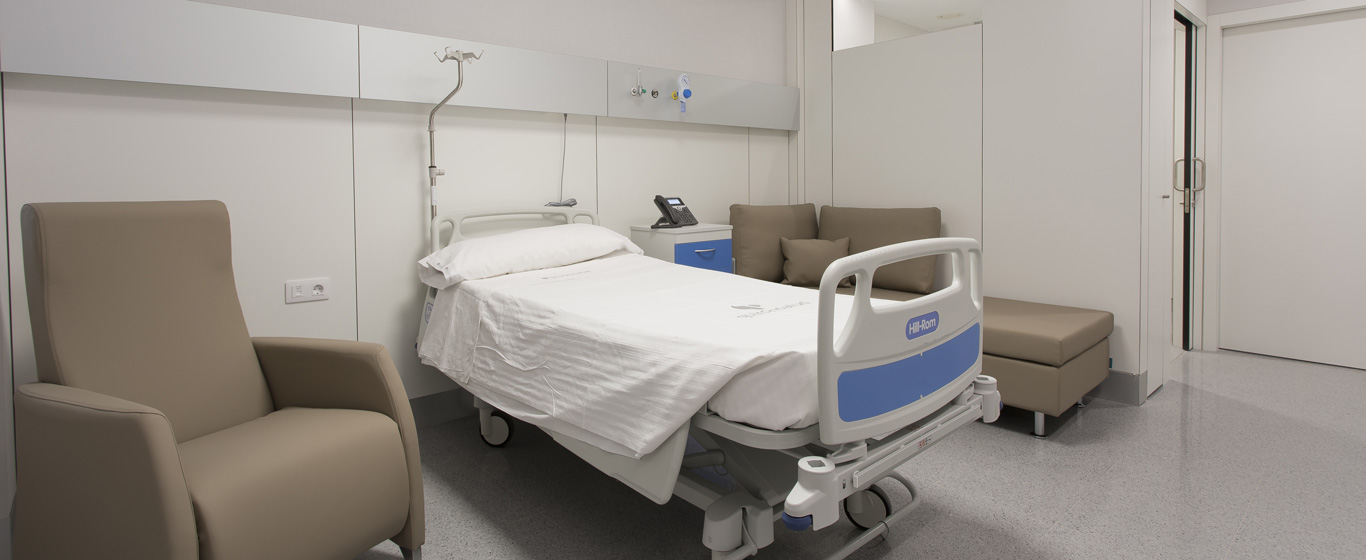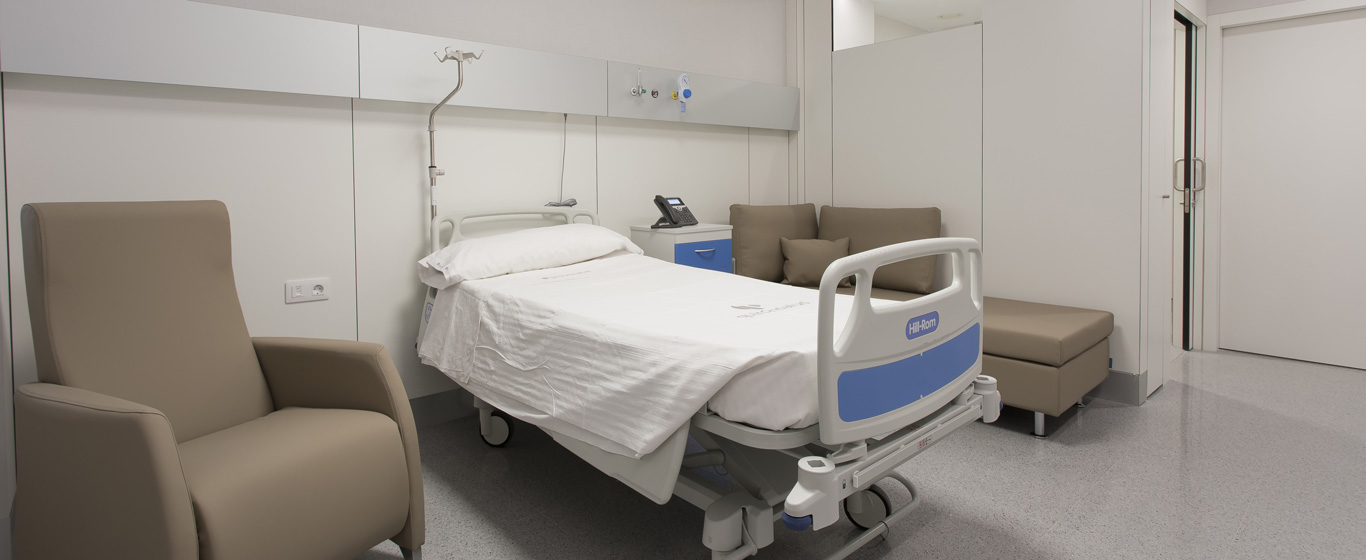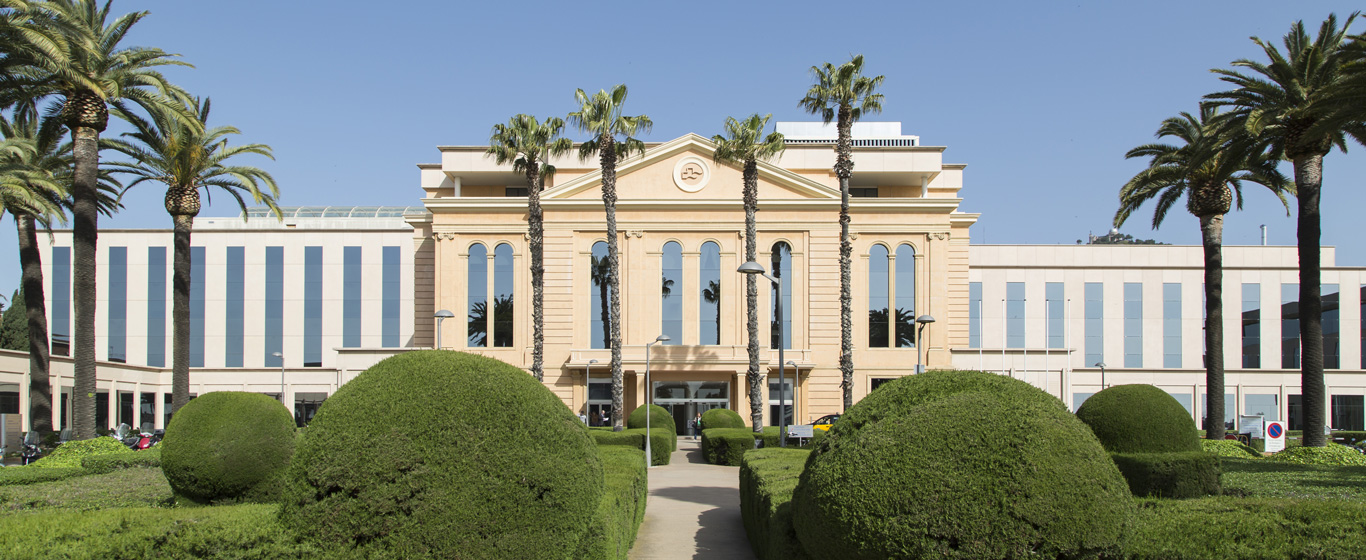Scoliosis
What are the different types of scoliosis? Find out everything about its symptoms and the most effective treatments.
Symptoms and Causes
Scoliosis is a lateral deviation of the spine that is usually detected in children and adolescents. It is monitored periodically to check for any worsening that may affect other organs during growth. In many cases, no treatment is necessary, as it corrects itself.
There are two types of scoliosis depending on its nature:
- Structural scoliosis: The changes in the spine are permanent, and the curvature does not subside.
- Non-structural scoliosis: The deviation is caused by another condition, and the deformity corrects itself when that condition disappears.
Although in some cases the causes of scoliosis are well known, in most cases, its origin remains unknown. Therefore, treatments focus more on correcting the condition rather than addressing the underlying cause.
Symptoms
The main symptom of scoliosis is the deviation of the spine, which, under normal conditions, appears completely straight when viewed from the back. This abnormal curvature causes asymmetry in the back and misalignment of the hips, shoulder blades, and shoulders.
As a result, other symptoms may appear, such as:
- Back pain, especially in adults.
- Muscle contractures caused by posture or changes in habitual positioning to avoid pain.
- Breathing difficulties when the rib cage is affected.
Causes
The causes of scoliosis are unknown. In many cases, this malformation occurs during fetal development due to hereditary genetic factors. Other times, spinal deviation results from conditions such as muscular dystrophy, cerebral palsy, or spinal cord abnormalities.
Risk Factors
Certain factors increase the risk of developing scoliosis or experiencing more severe effects. These include:
- Age: This condition primarily manifests in children and adolescents.
- Sex: Spinal deviation occurs equally in boys and girls, but girls have a higher likelihood of the condition worsening.
- Family history: It is common for parents to pass this condition on to their children.
Complications
When scoliosis is mild, complications are unlikely, and most affected individuals can lead normal lives. However, if the curvature worsens, additional problems may arise, such as:
- Breathing difficulties due to pressure exerted by the spine on the lungs.
- Chronic pain caused by the spinal curves, even after treatment.
- Physical changes, such as increased rib prominence or lateral trunk displacement.
Prevention
Although scoliosis is generally not preventable, certain recommendations can help prevent its progression, such as:
- Engaging in exercise to strengthen back muscles.
- Maintaining proper posture.
- Visiting a physical therapist to tailor exercises according to the condition’s progression.
- Avoiding high-heeled shoes.
- Consulting a podiatrist to improve foot alignment.
Which Doctor Treats Scoliosis?
Scoliosis should be treated by an orthopedic surgeon or traumatologist, with therapeutic support from a neurosurgeon or a specialist in physical medicine and rehabilitation.
Diagnosis
Scoliosis is usually detected during pediatric check-ups, which are frequent in young children. The doctor typically palpates the spine and observes posture from the back, both while standing and bending forward. To confirm the diagnosis, additional tests may be performed, such as:
- X-ray: Determines the degree of curvature.
- Ultrasound: Helps assess spinal condition, though it is less precise. It is often used to avoid radiation exposure, especially in children and adolescents.
- Magnetic resonance imaging (MRI): Used when other conditions, such as spinal cord abnormalities, are suspected.
Treatment
Depending on the severity of the deviation, scoliosis is treated with orthopedic devices or surgery. Surgery is considered when other treatment options have not provided the desired results. The most commonly used techniques include:
- Rehabilitation exercises: Help reduce curvature and prevent worsening.
- Brace or collar: Corrects posture and helps return the spine to its original position. These are most effective when the patient is still growing and the curvature does not exceed 40°.
- Growing rod: Inserted during surgery alongside the spine and adjusted periodically based on the child’s growth rate.
- Spinal fusion: Fuses two or more vertebrae so they cannot move independently, reducing the likelihood of further spinal curvature.

































